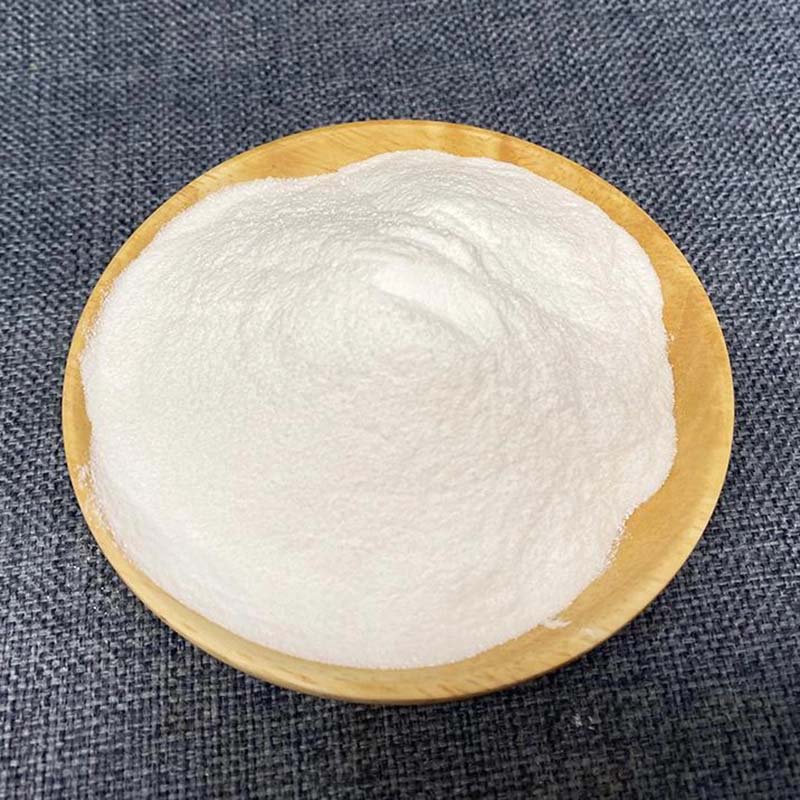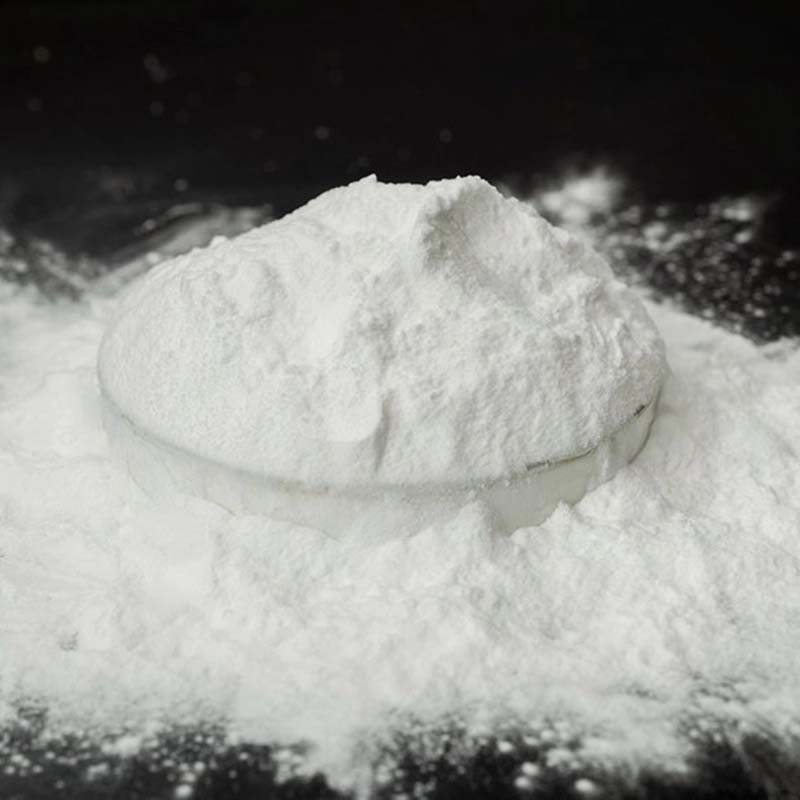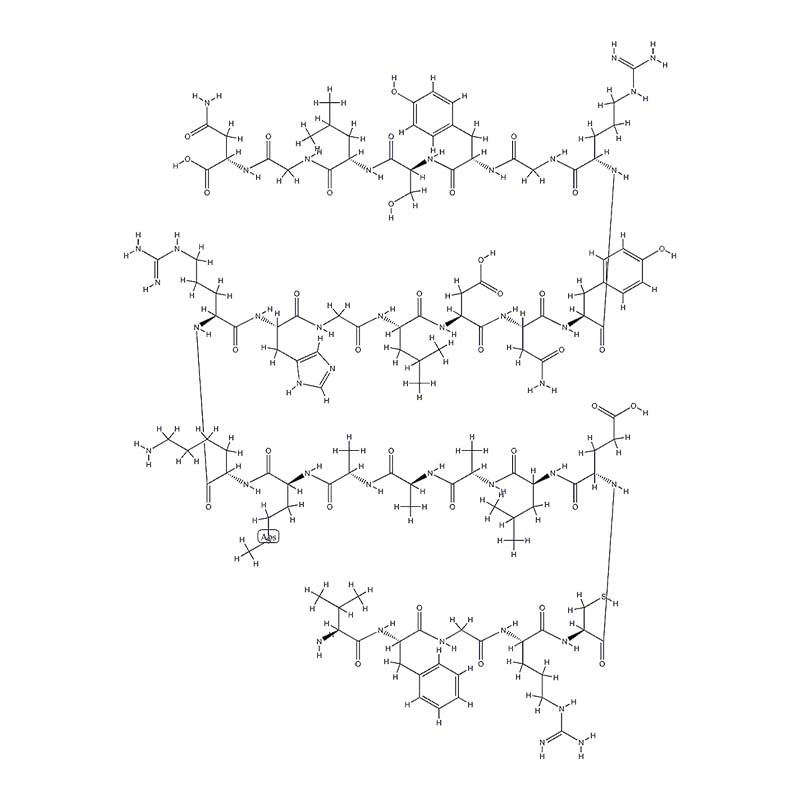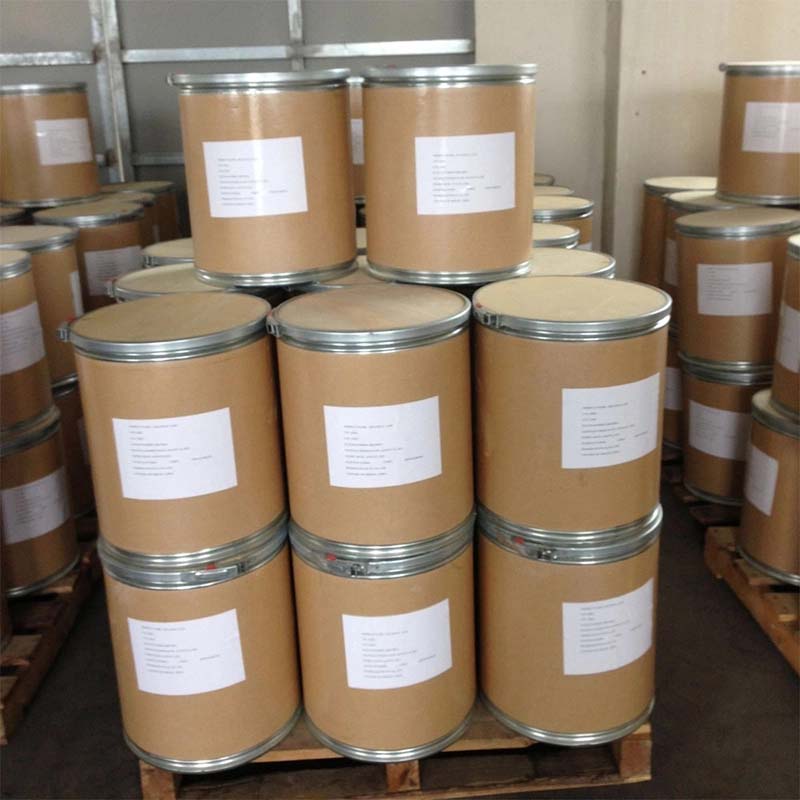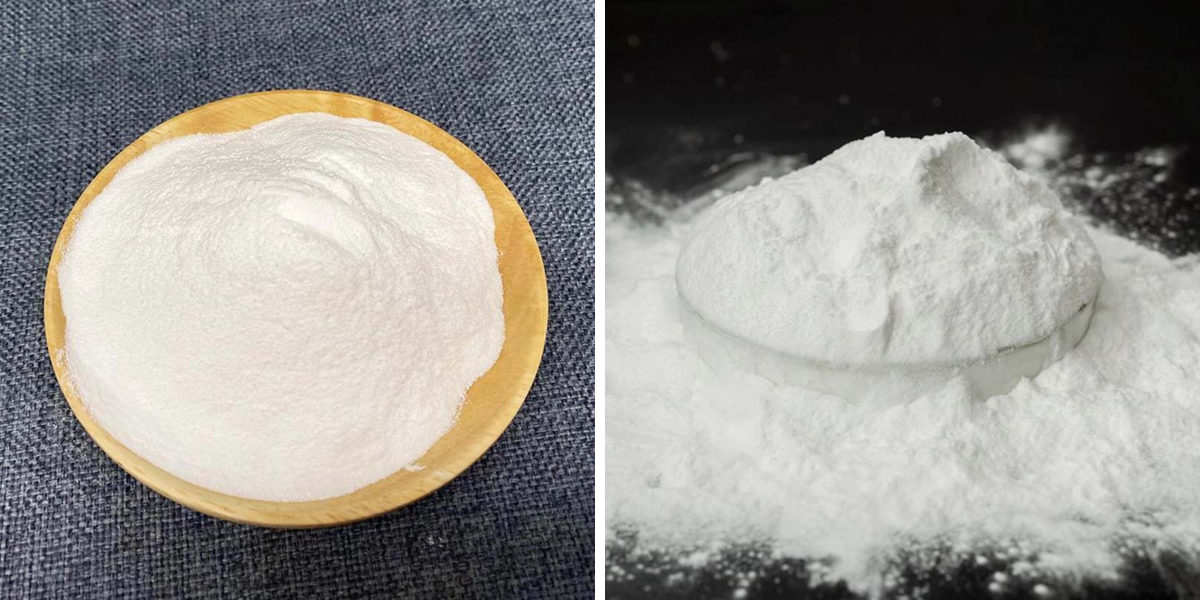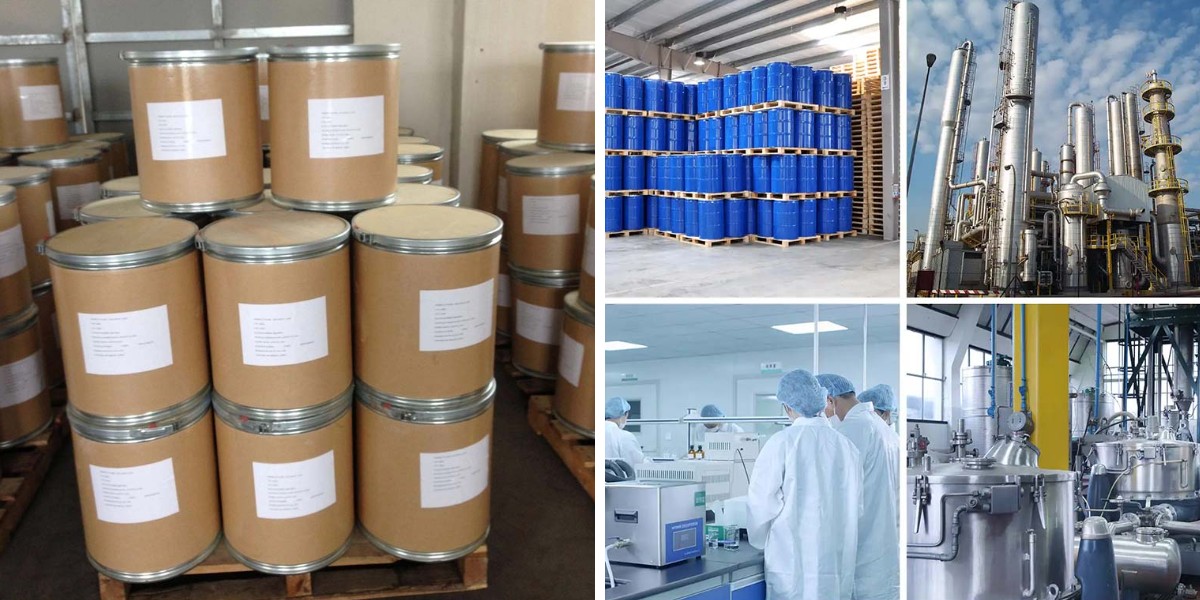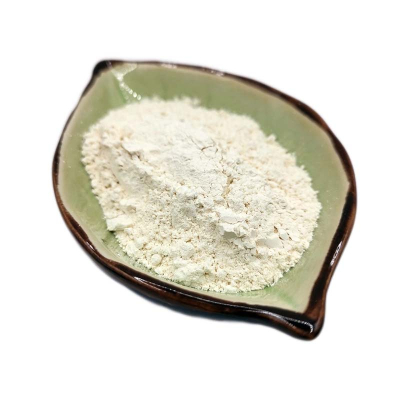Lysozyme
Naturally Sourced: Present in animal tissues, tears, and egg whites, allowing it to be obtained from multiple natural sources.
Potent Antibacterial Properties: Exerts antimicrobial activity by disrupting the cell walls of bacteria.
Broad Industrial Application: Commonly employed across medical, food processing, and pharmaceutical sectors.
Safe and Biocompatible: Derived from natural origins, making it appropriate for sensitive uses such as healthcare and food preservation.
Product Details
Lysozyme is a type of glycoside hydrolase enzyme. It occurs naturally in a variety of animal tissues and organs, as well as bodily secretions such as tears, nasal mucus, cervical fluid, and bird egg whites.
Its mechanism of action involves cleaving carbohydrate polymers within bacterial cell walls, leading to the loss of structural integrity and resulting in cell lysis.
Parameters
vapor pressure | 0Pa at 25℃ |
storage temp. | -20°C |
form | |
color | white |
PH | pH(15g/l, 25℃) : 3.0~5.0 |
biological source | chicken egg white |
Water Solubility | Soluble in water at 10mg/ml. |
Specific Activity | 8000-120000U/mg |
Absorption | 3.9 at 280nm (10 mg enzyme/ml) |
Safety Information
Hazard Codes | B |
Safety Statements | 23-24/25-22 |
WGK Germany | 3 |
RTECS | OL5989850 |
F | 3-10 |
HS Code | 35079090 |
Toxicity | mouse,LD50,intraperitoneal,5800mg/kg (5800mg/kg),BEHAVIORAL: CHANGES IN MOTOR ACTIVITY (SPECIFIC ASSAY)LUNGS, THORAX, OR RESPIRATION: RESPIRATORY DEPRESSIONBEHAVIORAL: ATAXIA,Oyo Yakuri. Pharmacometrics. Vol. 21, Pg. 587, 1981. |
Lysozyme facilitates the breakdown of peptidoglycans within bacterial cell walls. This enzyme is used in the generation of spheroplasts and functions as a preservative to prevent the proliferation of food-spoiling microorganisms.



